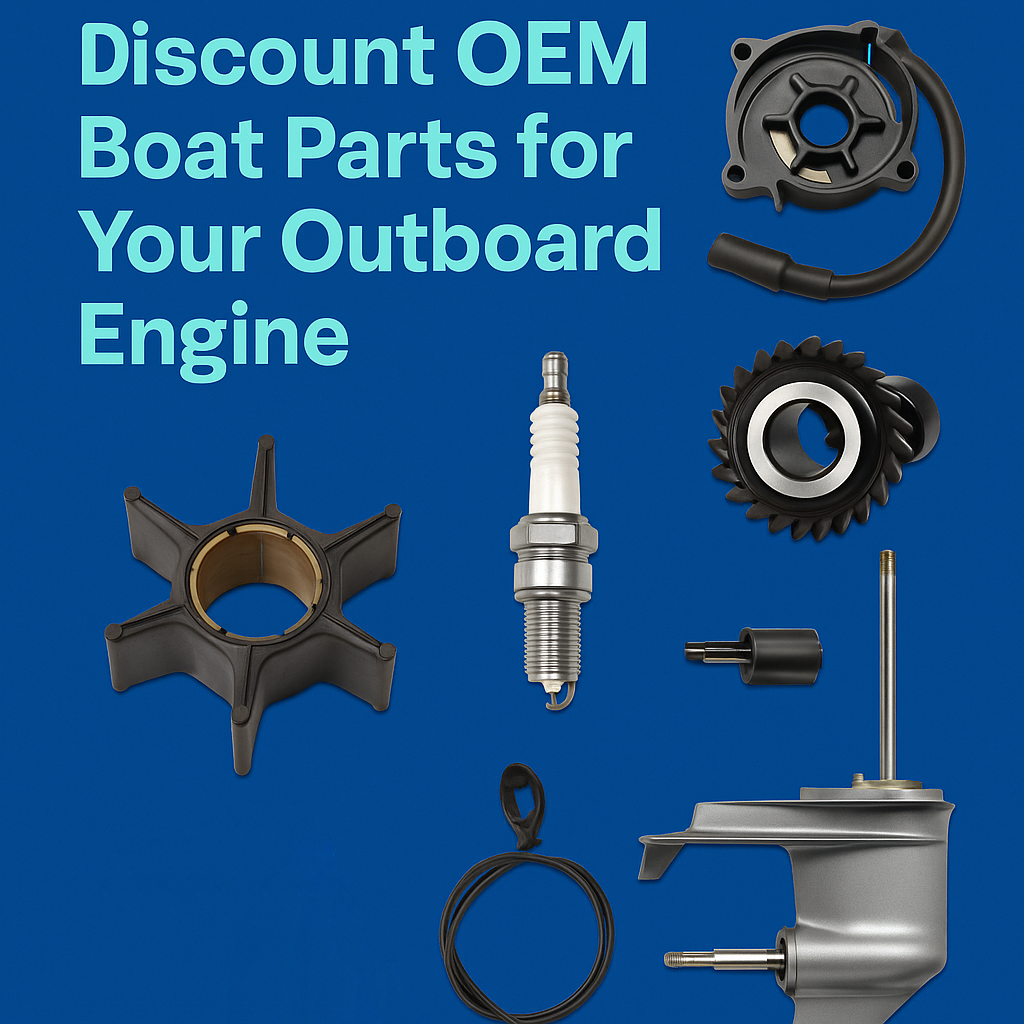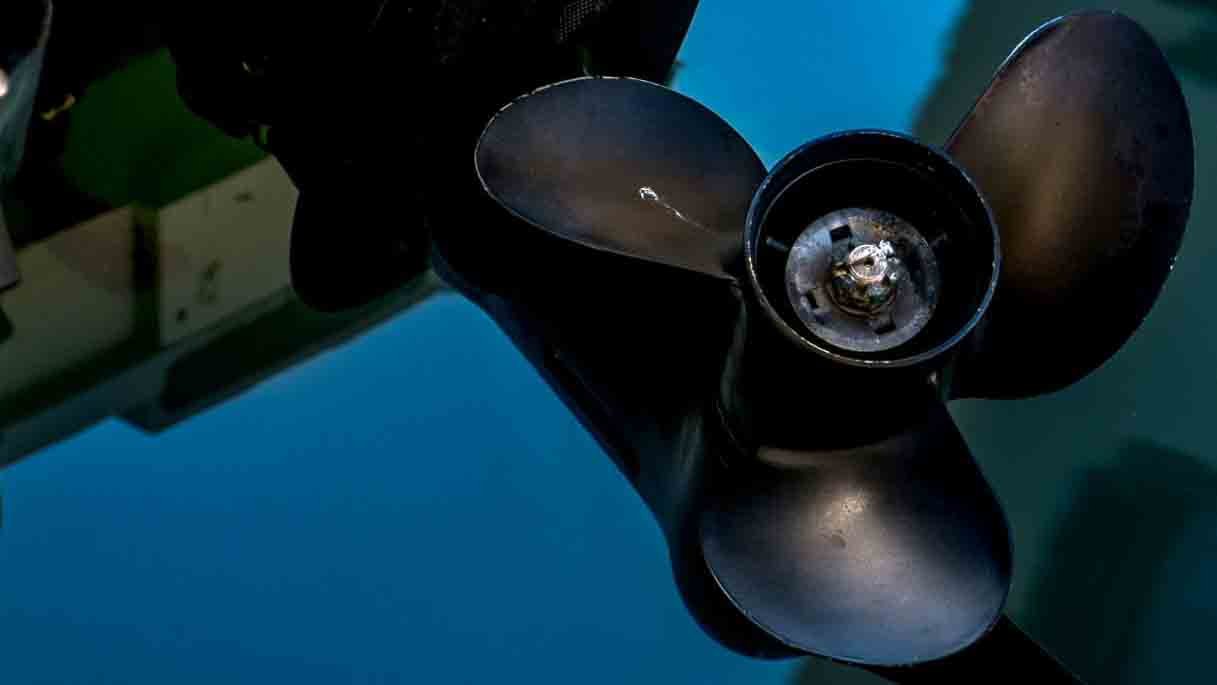When it comes to choosing an outboard motor for your boat, the decision often boils down to two main options: 2-stroke and 4-stroke engines. Both have their unique advantages and drawbacks and understanding the differences can help you make an informed choice. In this blog, we’ll dive deep into the 2-stroke vs. 4-stroke outboard motor comparison, exploring their performance, maintenance, fuel efficiency, and environmental impact.
1. What’s the Difference Between 2-Stroke and 4-Stroke Engines?
Before we compare the two, let’s break down how they work:
- 2-Stroke Engines: These engines complete a power cycle (intake, compression, combustion, and exhaust) in just two strokes of the piston. They are lighter, simpler, and often more powerful for their size.
- 4-Stroke Engines: These engines complete the power cycle in four strokes, making them more fuel-efficient and environmentally friendly. They are heavier and more complex but offer smoother operation.
2. Performance: Power vs. Smoothness
When it comes to performance, 2-stroke outboard motors have a clear edge in terms of power-to-weight ratio. They deliver more power per pound, making them ideal for smaller boats or situations where speed and acceleration are critical. However, they tend to be noisier and produce more vibrations.
On the other hand, 4-stroke outboard motors are known for their smooth and quiet operation. They provide consistent power and are better suited for larger boats or long cruising trips. While they may not match the raw power of a 2-stroke, their outboard motor refined performance makes them a favorite among recreational boaters.
3. Fuel Efficiency: Saving Money at the Pump for Outboard Motor
Fuel efficiency is a major consideration for any boat owner. 4-stroke outboard motors are generally more fuel-efficient than their 2-stroke counterparts. They burn fuel more cleanly and completely, which translates to fewer trips to the gas station and lower operating costs over time.
While 2-stroke engines are less fuel-efficient, they make up for it with their simplicity and lighter weight. However, advancements in direct-injection 2-stroke technology have narrowed the gap, offering improved fuel efficiency without sacrificing power.
4. Maintenance: Simplicity vs. Longevity
Maintenance is another key factor to consider. 2-stroke outboard motors are simpler in design, with fewer moving parts, making them easier and cheaper to repair. However, they require more frequent maintenance, such as mixing oil with fuel and replacing spark plugs.
4-stroke engines, while more complex, are designed for durability and require less frequent maintenance. They have separate compartments for oil and fuel, eliminating the need for mixing. Regular oil changes and valve adjustments are the primary maintenance tasks, but these engines are built to last longer.
5. Environmental Impact: Going Green on the Water
Environmental regulations have significantly influenced the outboard motor industry. 4-stroke engines are cleaner and produce fewer emissions, making them more environmentally friendly. They are compliant with stricter emission standards, such as those set by the EPA and EU.
While 2-stroke engines have traditionally been less eco-friendly due to their oil-burning design, modern direct-injection 2-stroke motors have reduced emissions and improved efficiency. However, they still lag behind 4-strokes in terms of environmental impact.
6. Cost: Upfront Investment vs. Long-Term Savings
The initial cost of a 2-stroke outboard motor is generally lower than that of a 4-stroke motor. However, the long-term savings in fuel and maintenance costs often make 4-stroke engines a more economical choice over time. Additionally, 4-stroke motors tend to have higher resale value due to their durability and popularity.
7. Which One Should You Choose?
The choice between a 2-stroke and 4-stroke outboard motor ultimately depends on your specific needs:
- Choose a 2-Stroke If: You prioritize power, lightweight design, and lower upfront costs. They are ideal for small boats, racing, or situations where portability is key.
- Choose a 4-Stroke If: You value fuel efficiency, smooth operation, and lower emissions. They are perfect for larger boats, long trips, and environmentally conscious boaters.
Conclusion
Both 2-stroke and 4-stroke outboard motors have their place in the boating world. By understanding their differences in performance, fuel efficiency, maintenance, and environmental impact, you can make the best choice for your boating lifestyle. Whether you’re a speed enthusiast or a leisurely cruiser, there’s an outboard motor that’s perfect for you.







